Change Management controls the lifecycle of all changes. This enables the execution of economic changes with minimal impact to existing IT services.
Scope
Change Management has the following aims:
- Reliable and central contact for change requests from business and IT
- Increasment of value creation and reducement of incidents
- Ensure the creation, assessment and decisions for all Requests for Changes (RfC)
- Ensure the planning, testing, implementation, documentation and review of all changes
- Ensure the actualization of the Change Management System
- Optimization of the change-related comprehensive risks for the business
Activities
Change Managements main activities are to manage changes and to communicate with all required parties:
For emergency changes the 7 Rs must be considered to be answered:
- Raised?
- Reason?
- Return?
e.g. aimed utility of the change - Risk?
- Resources?
- Responsibilities?
e.g. for build, test, deployment - Relationships?
e.g. to other changes, CIs, services and dependencies
Critical Success Factors
- CSF: Ability to response to change requests
- KPI: Amount or percentage of changes, which are in-budget, in-time and in-quality
- KPI: Amount of changes within a backlog
- CSF: Optimization of the change-related risk for the business
- KPI: Less outdates, issues or reworks
- KPI: Less emergency changes
- KPI: More successfull changes
- CSF: All changes are controlled and documented within the Change Management System
- KPI: Less changes which are documented incompletely
- KPI: Less identified issues within audits of Service Asset and Configuration Management

